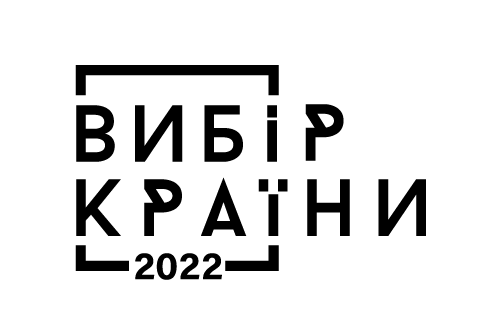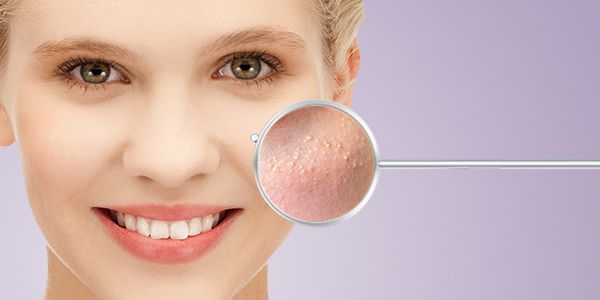Removing milia
Before running to a beautician, we suggest you understand the topic: what is whiteheads? Where do they come from? How and how dangerous? Is it possible to get rid of milia completely?
Miliums what is it
Milia are white, small, rash-like dots that are hard to the touch. As a rule, they are not inflamed, not painful, most often appear on the forehead, around the eyes, nose and on the chin. Less commonly, they form on the cheeks or in the temporal region. It differs from ordinary acne in several ways: they do not have redness, they can remain unchanged for a long time, sometimes they go away on their own.
Because of the external similarity, this rash is sometimes called “millet”, in professional circles – a retention cyst. The sizes of the neoplasms are different – from a barely noticeable roughness to 2 mm of white or yellowish tubercles.
In most cases, milia do not cause discomfort unless they are inflamed, but, of course, have a bad effect on the appearance. At the same time, self-removal of milia can lead to a worsening of the condition.
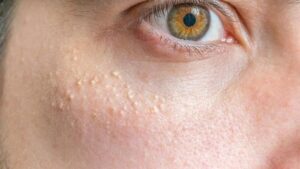
As a result of unprofessional actions, bleeding, infection, suppuration may occur, and during healing, an ugly scar or spot on the skin may form.
The fact is that “millet” is keratin, a natural protein of the skin. It accumulates if the rate of exfoliation of dead dermis particles is less than the rate of formation of new cells. The keratin accumulation looks like a dense white mass.
These dots are deep enough under the skin, and do not have a direct exit to the surface, so they can remain unchanged for years. The disease is not dangerous, never degenerates into a tumor, but it looks unaesthetic. The skin seems oily, unkempt, painful.
The problem is familiar to many, it occurs at different ages, but, fortunately, it can be eliminated through affordable cosmetic procedures.
Causes of the appearance of milia
Retention cysts even occur in babies, and this happens in about half of newborns. The reason is the same – the discrepancy between the rate of formation of new integuments and the exfoliation of old ones (and this process occurs from the moment of birth and continues throughout life). Infant rash of this etiology appears on the nose, sometimes on the scalp and upper torso. There are rashes inside the mouth on the mucous membrane (Epstein pearls) or the palate (Bon’s nodules). Removal of millets in infancy is not required; they go away on their own within a few weeks. By six months of age, usually all manifestations disappear. If this does not happen, or you are concerned about a cyst in your newborn, consult your pediatrician.
In children and adults, milia most often result from damage to the skin of various origins:
📌 sunburn or thermal burn;
📌 blisters from contact with poisonous plants;
📌 dermatological diseases such as epidermolysis bullosa (EB),
📌 cicatricial pemphigoid or cutaneous porphyria late (PCT);
📌 due to autoimmune diseases;
📌 after laser resurfacing or dermabrasion;
📌 during natural aging of the skin.
As you can see, a violation of the integrity of the epidermis can cause the appearance of neoplasms. Superficial methods of cleansing the skin in such cases do not help much, the problem must be solved in another way.
There is evidence of a genetic predisposition, as well as the effect of hormonal (steroid) external drugs on the incidence of the disease. When examining patients, these data are also specified.
Methods for dealing with blockage of the sebaceous glands
Patients are quite often confused in cosmetic terms and procedures when ordering whitehead removal, when in fact it is required to clean the skin from comedones and acne.
These diseases differ in their etiology. Comedones are blockages in the ducts of the sebaceous glands or hair follicles. Sebaceous glands are found on the face and other parts of the body in absolutely every person. They normally provide the skin’s natural lipid protection. When the duct is blocked, excess sebum accumulates, this place becomes inflamed at the point where the duct exits, and an abscess occurs.
Getting rid of comedones is not difficult; for this, simple cosmetic cleaning or the use of disinfectants is enough. They can be prevented with regular skin care and a balanced diet. The diet involves minimizing fatty and spicy foods.
Comedones, or pustules, can be eliminated at an appointment with a beautician, or even at home.
Doctors strongly advise against removing milia on their own. Unlike comedones, they do not have an excretory duct, and the contents are a dense structure of exfoliated dermis. They cannot be squeezed out, you need to make a puncture exactly at the place of formation, and this is fraught with complications. Any mechanical action can lead to inflammation and then infection.
To avoid unpleasant consequences, order a consultation with a dermatologist at our clinic in Kiev. After examination and diagnosis, a specialist will give an opinion about the nature of your problem, and then select a treatment method and explain in detail why it is right for you.
Let us dwell on the methods of removing milia in detail.
Radio wave removal
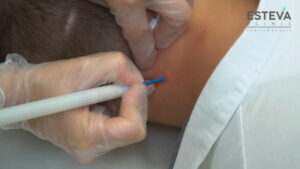
One of the simplest, safest and most painless methods is radio wave removal of milia. It is performed on an outpatient basis using a special apparatus.
The impact of the high-frequency emitter is directed strictly at the site of injury, does not touch the adjacent tissues. Only the accumulation of keratinized cells is removed, while instant coagulation occurs. If necessary, the contents of the “seed” can be sent for histology.
The procedure is bloodless, healing is quick and leaves no marks on the skin. After it, no special care is required, ordinary hygiene is enough, maximum – treatment with antiseptics.
Removal of milium using radio waves does not take much time, does not require hospitalization and allows you to lead a normal life. The technology has been known for a long time, has been tested and is widely used in clinics around the world.
Laser removal
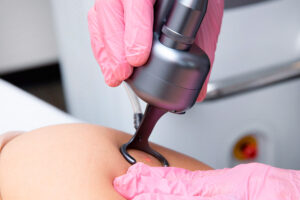
The procedure for removing milia with a laser is similar to the radio wave method. The difference lies in the hardware used. The thinnest laser beam penetrates the neoplasm and literally vaporizes it. At the site, there is a slight redness, which is covered with a crust. The crusts should not be touched; they can be treated with an antiseptic. After 10-14 days, the crusts will fall off on their own without a trace.
During the rehabilitation period, you should not visit the bathhouse or sauna, as well as stay in the sun for a long time.
In our clinic, milia is removed with a CO-2 (carbon dioxide) laser, making the procedure less traumatic and healing faster. For a more comfortable well-being of clients, local anesthesia is given before the procedure.
The use of a laser is preferable for delicate areas, including the area around the eyes, where the skin is at its thinnest. After removing the milium, a slight swelling may be observed on the eyelids, which disappears within a few hours. During this period, it is better not to drive vehicles.
Open body treatments are best done during periods of minimal sunlight (early spring, late autumn, or winter) to reduce UV exposure. In other seasons, it is recommended to protect the skin with a cream with UV filters. For several weeks after laser procedures, do not peel, use scrubs or other active agents.
Cryodestruction

You can also remove milium with cold. This method is used in places with a large accumulation of millets, but not on delicate skin.
Removing milia with liquid nitrogen allows you to get rid of the annoying problem in one session. Anesthesia is not required; after the procedure, the patient may experience discomfort for some time due to the formation of a bubble at the site of the removed blockage, and then a dry crust. The vial does not need to be pierced, nor does the crust need to be ripped off. Under them, the wound heals without the risk of catching an infection. Mild itching that sometimes occurs during healing is normal.
All of these methods are performed by highly qualified specialists from the Esteva Clinic of aesthetic medicine and cosmetology.
The choice of a treatment method is carried out only after consultation and a thorough examination by a doctor, for which you must first call us or make a visit on the website.
The cost of removing milia depends on the prescribed method and the number of lesions. You can find out and discuss all the details at a doctor’s appointment in Kiev.
You can see in the photo below what results Esteva Clinic patients get after milia removal.
Prevention of the appearance of milia
You already know how to get rid of whiteheads. Let’s talk a little about the prevention of their appearance.
More prone to the formation of comedones and other types of oily skin. Increased production of sebum can be caused by diet, improper care, certain diseases, hormonal disorders. Genetics also plays a significant role here.
Control of nutrition, regular care of problem skin, control of general health helps to reduce the risk of the appearance of “millet grains”. If you have any questions about problem skin, you should contact a dermatologist. Only a qualified doctor will be able to identify the cause of the problem, whether it is an unhealthy diet or hormonal imbalance.
As evidenced by patient reviews, our specialists are excellent at diagnosing and treating problem skin.
Стоимость процедуры
Удаление кератом
| Название процедуры | Цена, грн |
|---|---|
| Консультация дерматолога обязательна | 590 |
| Контроль после удаления с 30 по 45 день после удаления | Бесплатно |
| Удаление кератомы 1шт (до 0,5 см) | 490 |
| Удаление кератомы 1шт (0,5 - 1 см) | 590 |
| Удаление кератомы 1шт (1 - 2 см) | 990 |
| Пакет №1 (до 20 новообразований) | 2900 |
| Пакет № 2 (до 30 новообразований) | 3900 |
| Удаление новообразований в зоне вокруг глаз | 850 |
| Удаление новообразований в зоне вокруг глаз до 10 новообразований | 4900 |

